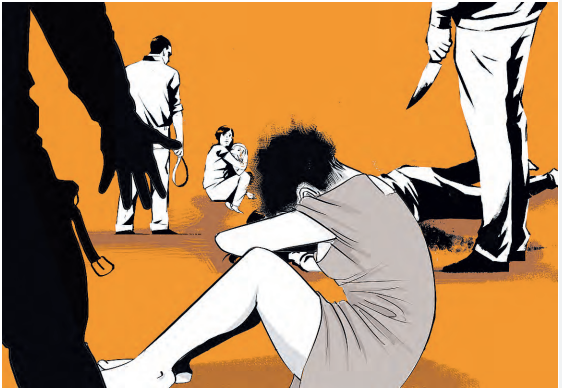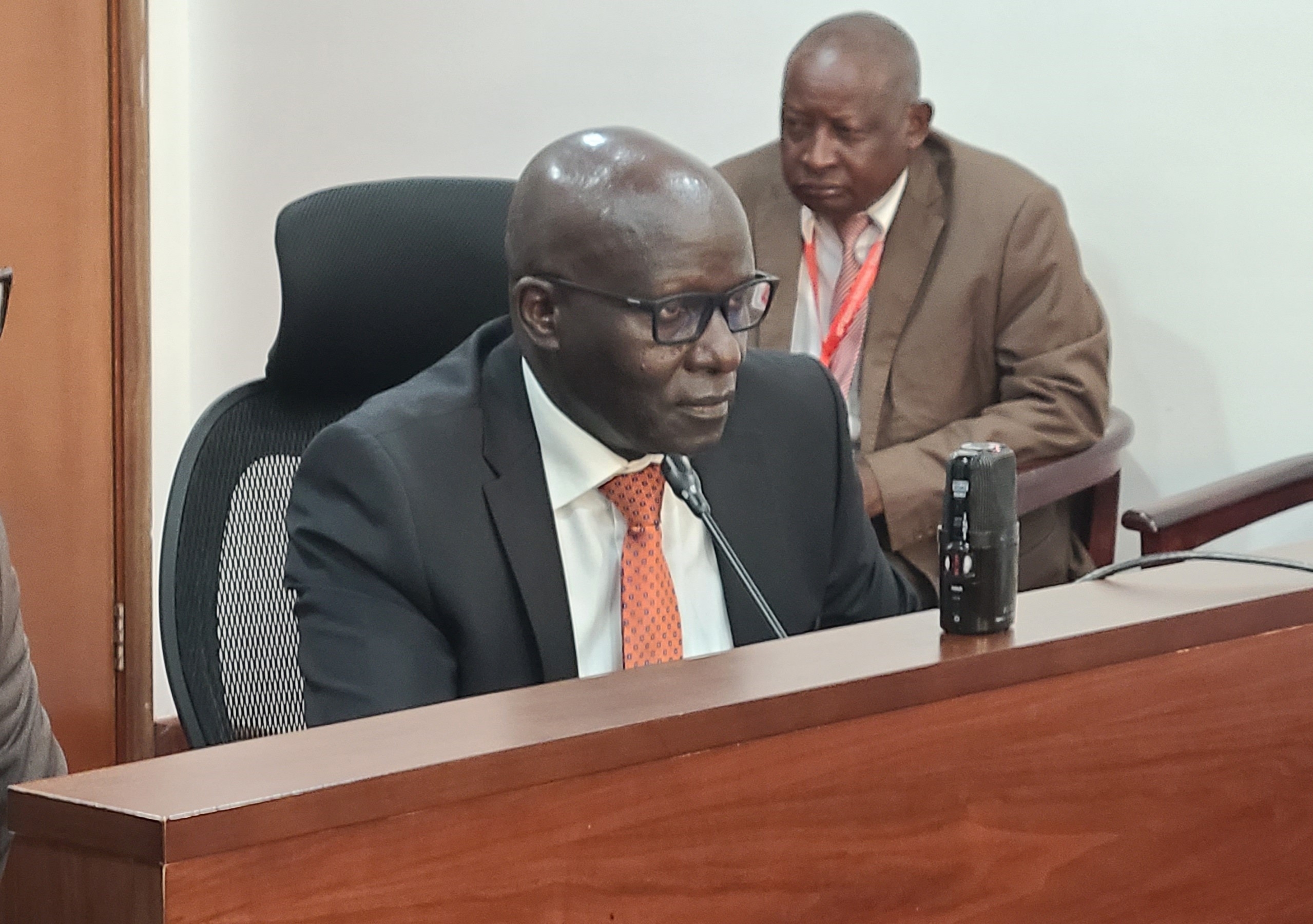
Kenya is entering a new era of state power — one where concerns about violence and repression now extend beyond streets and protest grounds into the digital sphere.
A new report by Amnesty International alleges that security agencies have increasingly used digital technologies to identify, monitor and target young activists involved in the 2024–2025 Gen Z–led demonstrations.
The organisation says its findings point to a pattern of phone surveillance, including what it describes as unlawful access to call data and mobile network triangulation to trace protesters.
According to the report, several individuals who were abducted during the protests said they were confronted with screenshots of private calls or messages, which they believe suggested prior monitoring of their communications.
Others recounted that their abductors appeared to know their home addresses, family details and social media activity.
Amnesty states that this information may have been obtained through systematic digital tracking, though this has not been independently verified.
Investigators documented 83 cases of alleged enforced disappearances, many of which Amnesty links to online activism.
The organisation reports that young Kenyans who posted criticism of police conduct, livestreamed protests or managed influencer accounts were among those who felt at heightened risk because of their digital visibility.
The report further highlights testimonies from young female human rights defenders who said they had experienced or witnessed online attacks involving the manipulation of their images.
According to Amnesty, some women described incidents in which their faces were allegedly edited onto explicit material using photo-editing tools or generative AI, with the intention of shaming or silencing them.
“A female activist is vocal online. The bloggers will create something completely different… The following day, you wake up and find a picture — not your picture — but your face placed on someone’s naked body,” one participant said in the report.
In a focus group discussion held in Kisumu, participants told Amnesty International that such experiences had made some young women more cautious about how they dressed or appeared in public spaces for fear of being photographed and targeted online.
One participant, identified as Mary*, said young female HRDs often felt pressured to conform to certain expectations to avoid harassment.
These accounts feed into broader concerns raised in the report regarding the intersection between online discourse, misogynistic online subcultures and the safety of women and girls both on and offline.
Amnesty International also reports that certain tech platforms were used to amplify attacks on activists. According to the organisation, parts of X (formerly Twitter) were inundated with what it describes as coordinated troll networks, which it says promoted state-aligned narratives and targeted dissenting voices.
The report also cites digital disinformation campaigns that portrayed activists in a negative light, although Amnesty’s findings on the scale and coordination of these campaigns have not been independently verified.
The organisation further notes that interference escalated on 25 June 2024, when internet disruptions affected at least 20 networks as protesters entered Parliament grounds.
Amnesty says the drop in connectivity hindered communication and reduced the visibility of alleged police violence. These claims have been contested in the past by state officials, who have attributed connectivity challenges to technical issues.
Some survivors interviewed for the report believe their SIM card data may have been used to locate them, while Amnesty cites a previously filed High Court affidavit referring to instances where police allegedly obtained subscriber information without warrants.
The organisation argues that similar methods could have been used during the protests, though it provides no independent legal verification of this.
Overall, Amnesty International warns that the integration of digital tools into what it describes as systems of repression poses urgent risks to privacy, free expression and the safety of young people participating in civic action.















